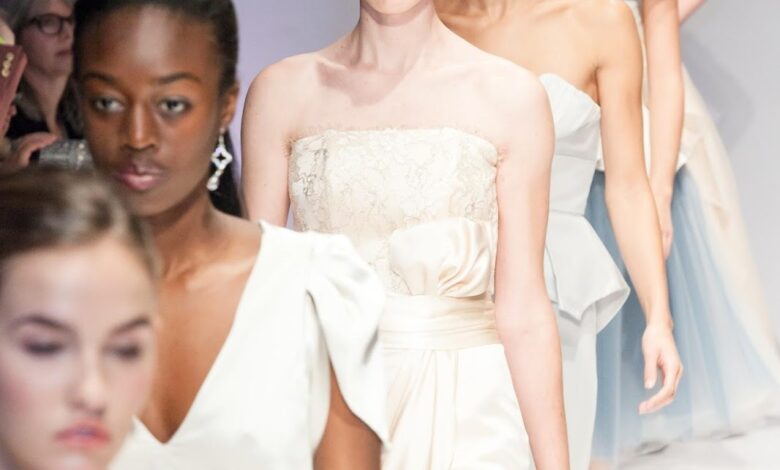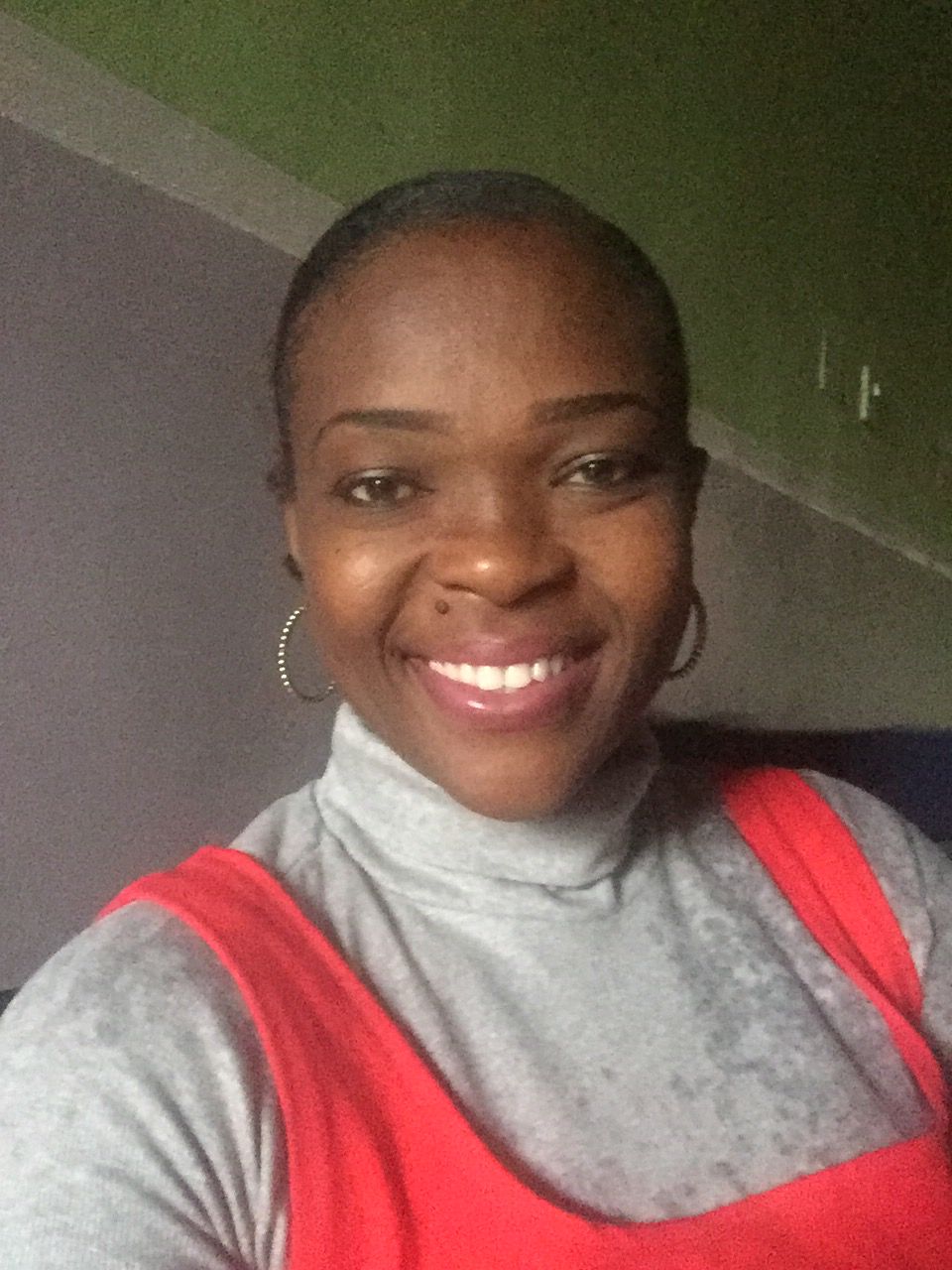
Boston’s fashion scene has undergone significant changes over the years, reflecting broader social, economic, and cultural shifts. In colonial times, Boston’s fashion was influenced by British trends, with a focus on formal, conservative styles. The wealthy elite wore tailored garments such as waistcoats, breeches, and powdered wigs, while the general population adhered to simpler, practical attire. During the Colonial and Early Republic Era, Boston’s fashion was a blend of practicality and European influence, shaped by social status and regional conditions.
In the colonial era (1600’s–1770’s), Boston was heavily influenced by British trends. Settlers brought their European clothing styles with them, which were adapted to the New World environment. Clothing was often made from durable materials suitable for the harsh colonial climate. Wool, linen, and homespun fabrics were common, and garments needed to be practical for daily chores and outdoor work.
Men typically wore breeches, waistcoats, and coats with wide lapels. Shirts with ruffled collars and cuffs were also common. Wigs were popular among the upper classes, though less so among the working class. Women’s fashion included petticoats, bodices, and gowns with high waistlines, reflecting early 18th-century European styles. In the mid-to-late colonial period (1700’s), women’s clothing saw a shift towards more structured garments, such as the stays (early corsets) and gowns with elaborate decorations.
Fabric choices expanded, with more elaborate patterns and luxurious materials. After the American Revolution (1770’s–1800’s), there was a push towards styles that reflected American values and independence. This era saw the rise of simpler, more democratic clothing styles as a reaction against the opulence of the colonial period. Men wore tailored suits with high collars, breeches, and long coats became popular.
The cut of the coat became more fitted, and trousers started to replace breeches. Women’s fashion transitioned to high-waisted Empire-style dresses, influenced by ancient Greek and Roman styles. The 19th century (1800’s–1830’s) saw a shift towards more distinctly American styles, though still influenced by European trends. The industrial revolution brought about new materials and mass production techniques, making fashion more accessible.
Fashion in the early 19th century continued to be influenced by classical antiquity. For women, empire waist dresses with short sleeves and low necklines became fashionable. Men’s fashion continued to evolve with the Regency style, featuring more streamlined suits with narrower lapels and high waistcoats. The trousers continued to gain popularity over breeches.
Boston’s fashion in the early 20th century (1900s–1930s) reflected broader national trends, with flapper dresses and men’s suits becoming more streamlined and modern. The rise of department stores like Filene’s and Jordan Marsh played a significant role in shaping local fashion tastes, making high-quality clothing more accessible to the middle class. The early 1900s were marked by the continuation of the opulent styles of the Gilded Age. Men wore tailored suits with three-piece ensembles, including trousers, waistcoats, and long coats.
Women’s fashion featured elaborate gowns with corsets, long skirts, and high-necked blouses. The 1920s brought a dramatic shift in women’s fashion with the rise of flapper styles. Women’s clothing became more relaxed and playful, featuring shorter skirts, dropped waistlines, and bobbed hair. Men’s fashion saw a trend towards simpler, more streamlined suits with narrow lapels and less formal tailoring.
The 1930s were marked by a return to elegance and sophistication after the relative informality of the 1920s. Women’s fashion included tailored suits with padded shoulders and waist-defining dresses. Men’s suits featured more structured shoulders and were often paired with fedoras. Post-World War II, Boston’s fashion scene became more diverse, with influences from various subcultures and the increasing popularity of casual and sportswear.
The 1960s and 70s brought an influx of youth culture, leading to more experimental and individualistic styles. Boston’s universities and the creative class contributed to this era’s vibrant, eclectic fashion. The war had a significant impact on fashion. Rationing and fabric shortages led to more practical and utilitarian clothing. Women’s fashion included wartime suits with padded shoulders and high-waisted skirts. Men’s suits became more functional with simpler designs.
After the war, there was a resurgence of glamor and luxury. Christian Dior’s New Look, characterized by full skirts and fitted bodices, influenced women’s fashion, leading to a return to more feminine silhouettes. The 1950s saw a focus on traditional gender roles and domesticity, reflected in the fashion of the time. Women’s clothing featured full skirts, cinched waists, and elegant dresses, while men’s fashion included conservative suits and casual wear like cardigans and chinos. Boston began to establish itself as a center for high-quality, tailored clothing, with a focus on classic styles and understated elegance.
The 1960s brought a significant shift with the rise of youth culture and the counterculture movement. Fashion became more experimental, with mod styles featuring bold patterns, bright colors, and new fabrics like synthetic materials. The city’s universities, including Harvard and MIT, contributed to the trend towards intellectual and creative fashion expressions, blending classic and avant-garde styles. The 1980s and 90s saw a blend of high fashion and street style in Boston, influenced by global fashion trends and the rise of casual chic.
The city’s fashion scene began to embrace more avant-garde and diverse styles, reflecting broader societal shifts. The 1970s were characterized by a diverse range of styles, including bohemian, disco, and punk influences. Flared jeans, psychedelic prints, and leather jackets became popular. Boston’s fashion scene reflected this eclecticism, with a blend of traditional and experimental elements.
The 1980s saw the rise of power dressing, with bold shoulder pads, oversized blazers, and vibrant colors. The city’s fashion reflected national trends, with a focus on professional and assertive styles for both men and women. Boston’s fashion also embraced vintage and retro styles, with a growing interest in classic garments from earlier decades. The 1990s marked a shift towards more casual and relaxed styles, including the popularity of grunge, minimalism, and athletic wear.
Boston Fashion Week and other local events have helped to spotlight new talent and innovative approaches to fashion. The 21st century has been a dynamic period for Boston’s fashion scene, reflecting both global trends and unique local influences. The early 2000s saw a continuation of the casual fashion trend from the 1990s, with an emphasis on casual chic and athleisure. Boston, with its tech-savvy and academic population, embraced tech-friendly clothing like performance fabrics and practical, stylish outerwear.
A significant trend of the 2010s was the growing emphasis on sustainability and ethical fashion. Boston, with its progressive and environmentally-conscious community, saw an increase in sustainable brands and eco-friendly fashion initiatives. The integration of smart textiles and wearable technology became more prominent. Events like Boston Fashion Week showcased a blend of high fashion with tech-forward designs.
The COVID-19 pandemic significantly impacted fashion, leading to an increased focus on comfort and versatility. Home-wear and casual styles gained prominence, with an emphasis on relaxed, yet stylish clothing suitable for both remote work and social activities. There was a growing emphasis on inclusivity and diversity within the fashion industry. Boston’s fashion scene became more reflective of diverse body types, ethnicities, and gender identities, with an increased focus on representing and celebrating a wide range of perspectives.
Today, Boston is known for its blend of classic elegance and contemporary style. The city has a strong focus on sustainability and ethical fashion, with many local designers prioritizing eco-friendly materials and practices. Boston’s fashion scene continues to evolve, drawing from its rich history while embracing new trends and innovations. As of 2024, Boston’s fashion scene reflects a combination of global trends and unique local influences.
There is a strong emphasis on sustainable fashion in Boston. Designers and brands are increasingly using eco-friendly materials like organic cotton, recycled fibers, and plant-based fabrics. This trend is driven by a growing awareness of environmental impact and a demand for more responsible production practices. There is a growing movement towards size inclusivity, with more brands offering a wider range of sizes and designs that cater to diverse body types. This trend is supported by both local designers and major retailers in Boston.
The integration of technology with fashion is on the rise. Smart textiles and wearable technology, such as clothing with embedded sensors or LED lights, are gaining attraction. Boston, with its strong tech and innovation sectors, is at the forefront of these developments. Virtual fashion shows and digital-only clothing are emerging trends, reflecting the intersection of fashion and digital innovation. These trends are being explored by local designers and tech enthusiasts in the city.
Functional fashion, including clothing with practical features like multiple pockets, durable fabrics, and weather-resistant materials, is in demand. This trend reflects a focus on utility and adaptability in everyday wear. The city’s fashion scene continues to evolve, incorporating global influences while celebrating local creativity and tradition. This evolution reflects Boston’s broader cultural and economic transformations, highlighting its role as a city that blends tradition with modernity.




